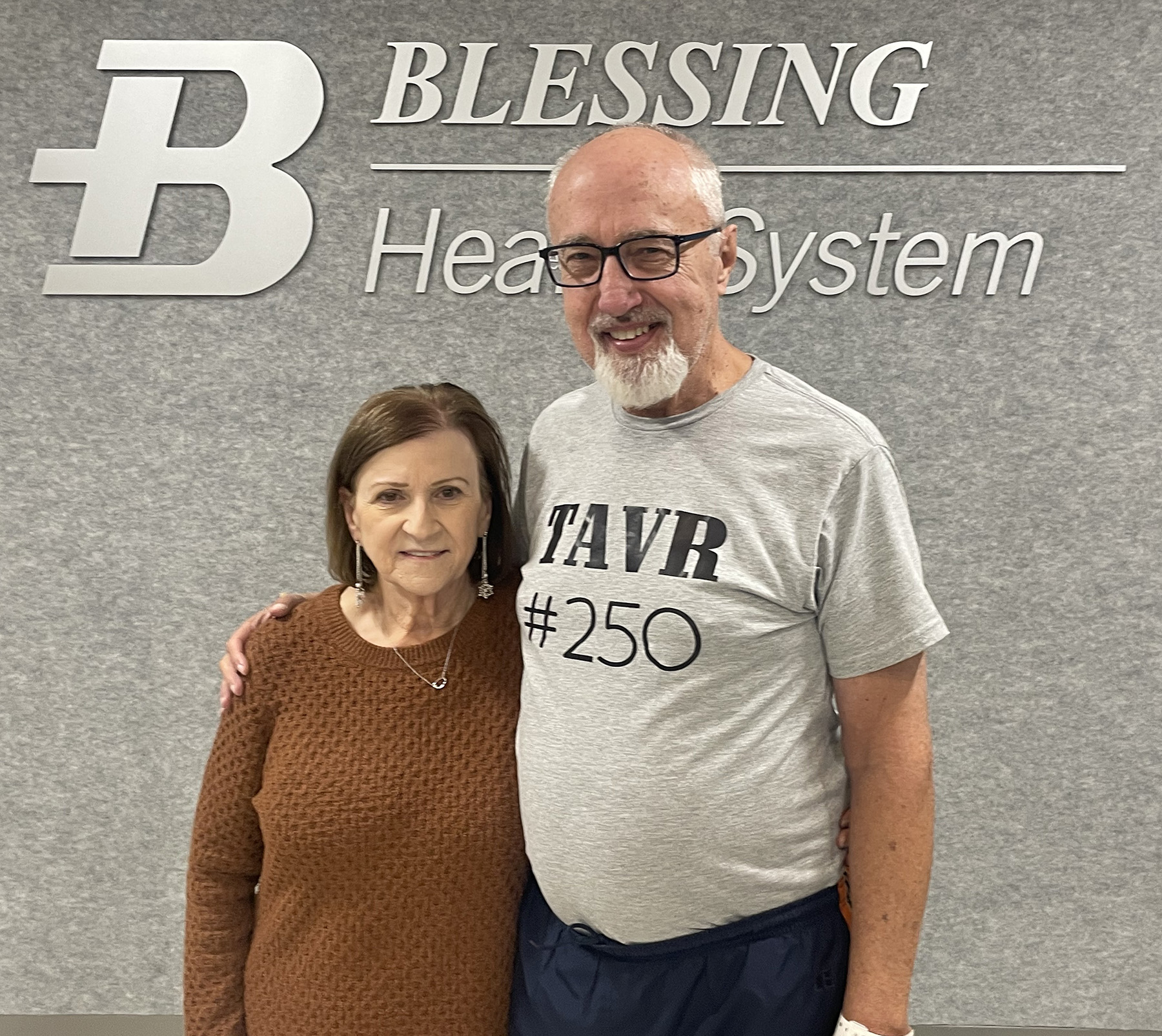
Jerry Kaszynski knows how to keep the beat. For the past three years, the 75-year-old retired chemist from Hannibal has played bass guitar in the Southern Rail country music band – to the delight of line dancers from Lake of the Ozarks, Missouri to Riverside, Iowa, and many towns in the Tri-State area.
“I’ve been playing music since I was 12 or 13 years old,” Jerry said. “Besides my love of playing music and performing, I enjoy watching the audience. It is so much fun seeing them dancing and enjoying themselves.”
But when it comes to keeping the beat, Jerry’s heart was a different story. During a visit to a doctor due to pain in his feet, Jerry and his wife of 50 years, Mary, received some shocking news.
“My heart rate was 33,” Jerry said after his vital signs were checked during the appointment. “That kind of raised a flag.”
For adults, a typical resting heart rate is between 60 and 100 beats per minute. A slow heart rate – known as bradycardia – can be a serious problem because the heart can’t pump enough oxygen-rich blood to the body.
Jerry’s attention turned from his feet to his heart
Jerry became a patient of the Blessing Health Hannibal Cardiology department where he was diagnosed with two conditions – a heart rhythm problem and a moderate-to-severe aortic stenosis. That is a failing heart valve. Aortic valve stenosis causes the valve to narrow and not open fully. This reduces or blocks blood flow from the heart to the rest of the body, causing the heart to work harder, leading to an increased risk for heart attack and heart failure.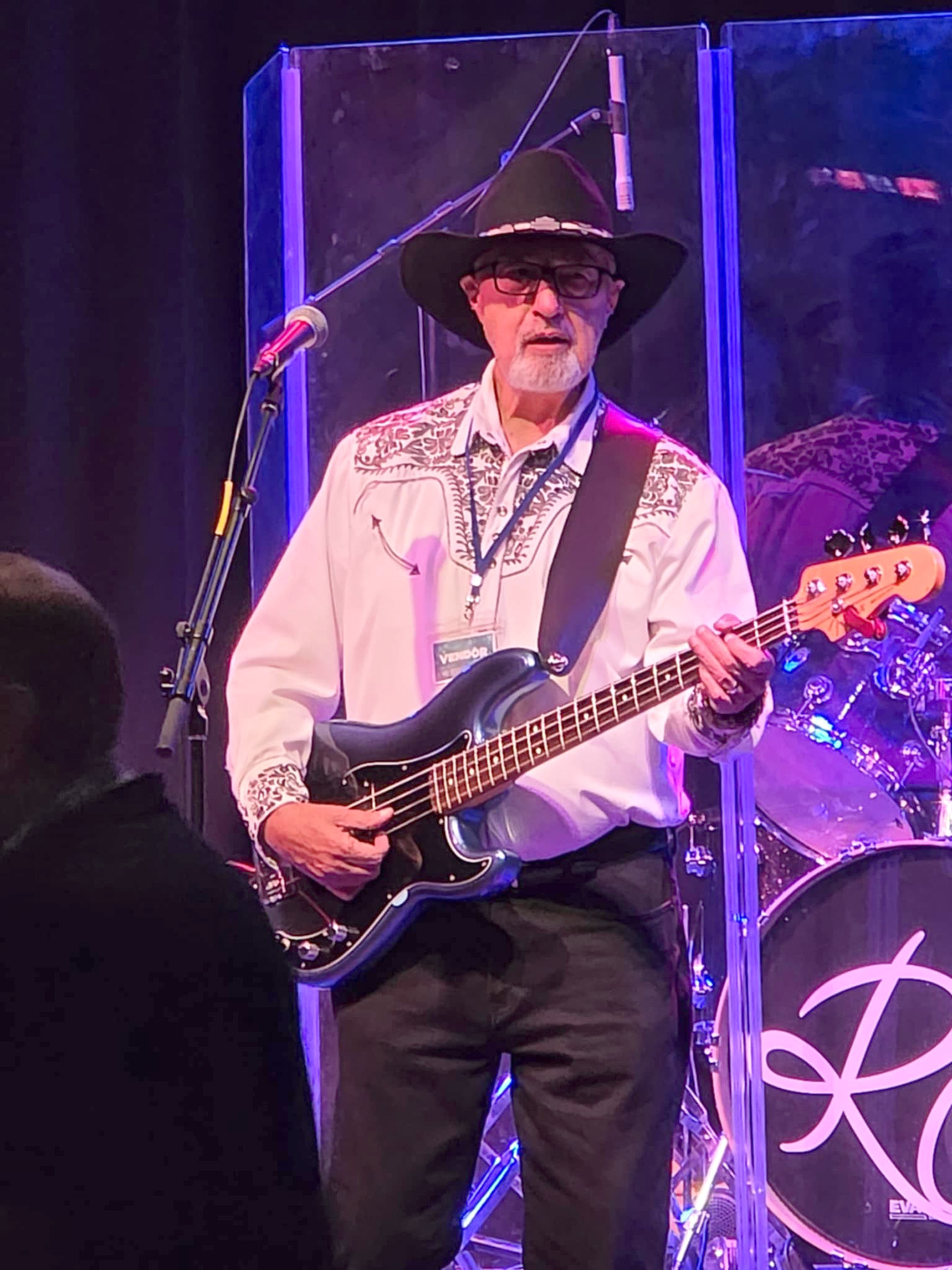
“I was feeling tired, but these kinds of things can sneak up on you,” Jerry said of his lack of symptoms. “You don’t realize you are going downhill. It’s not like a cliff, and down you go.”
In addition to his music, Jerry loves sports.
“I was still active, playing basketball, tennis, pickleball, just everything. We were shocked.”
“I was worried,” Mary added. “He’s always been healthy and active. I worried about it bringing him down and not being able to do the things he likes to do.”
Jerry’s Blessing Health Hannibal cardiology team gave him options of seeing specialists at the Blessing Heart & Vascular Center in Quincy or going to Springfield, Illinois or St. Louis or Columbia, Missouri.
As a retired chemist, Jerry is a “science guy” who loves to ask questions and do research. He looked into his options and chose the Blessing Heart & Vascular Center where he became a patient of Dr. Oleg Yurevich, electrophysiologist, for his heart rhythm problems and of Drs. Jeff Cook, John Arnold and Amy Bates, nurse practitioner, for his failing aortic heart valve.
“I told Mary, I could not believe the technology and the expertise is right here,” Jerry said. “I did not have to go a thousand miles away to have these procedures done. It’s right here, 30 miles from our home. I cannot imagine going anywhere else in the country and getting better care.”
On November 3, 2023, in Blessing’s nationally accredited electrophysiology (EP) lab, Dr. Yurevich implanted a pacemaker to bring Jerry’s heart rate to normal and regulate it.
“That went extremely well, and it validated that we made the right choice in choosing the Blessing Heart & Vascular Center,” Jerry said.
Now about that heart valve
With his pacemaker in place, the Blessing Heart & Vascular Center team continued to track Jerry’s failing aortic heart valve. After 11 months, the valve reached a point where it needed to be replaced.
There are two options – open heart surgery or a minimally invasive procedure called Transcatheter Aortic Valve Replacement (TAVR). Blessing does both procedures.
For patients who qualify, TAVR does not require surgical opening of the chest. Instead, the new heart valve is placed using a thin tube called a catheter using X-ray guidance.
“The valve device deploys without having to stop the heart,” said Dr. Arnold, cardiothoracic surgeon, who participates in TAVR procedures.
Most TAVR patients can be released from the hospital in one day, compared to three to five days for those who undergo surgical valve replacement – and with less pain and blood loss and a quicker recovery time.
“Jerry was young and healthy enough that we could have pursued conventional surgery,” said Dr. Cook. “After hearing the pros and cons of both, he chose TAVR. We expect him to have a good long-term outcome.”
Jerry’s TAVR procedure was done on October 30, 2024. Four days later, Jerry took a four-mile walk around his Hannibal neighborhood. Ten days later, he was back on stage, wielding his bass guitar with his Southern Rail bandmates, playing a four-hour gig at a casino in Riverside, Iowa.
“It’s an amazing procedure,” Mary said of TAVR.
The Kaszynskis’ hearts go out to their caregivers
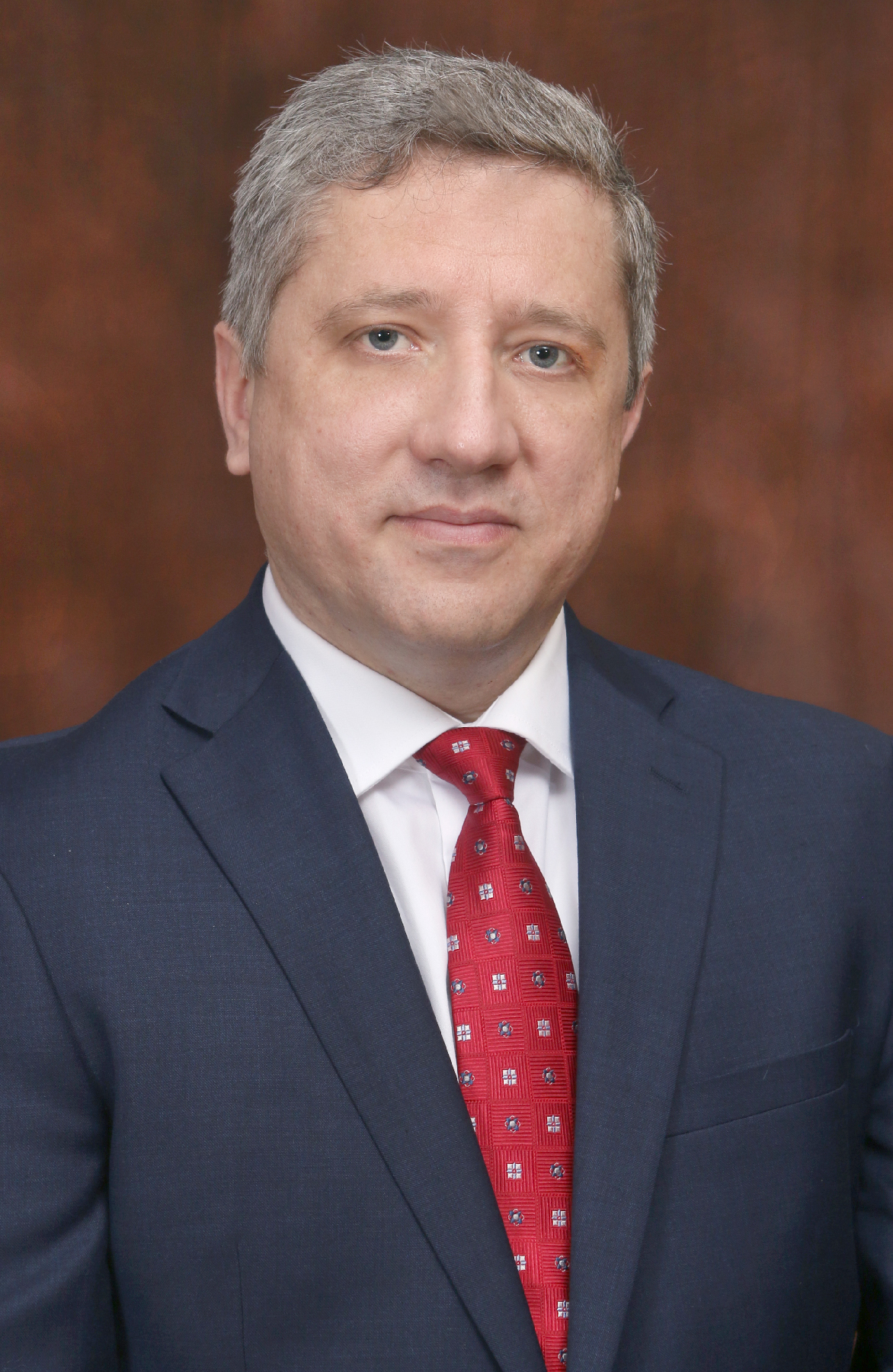 | 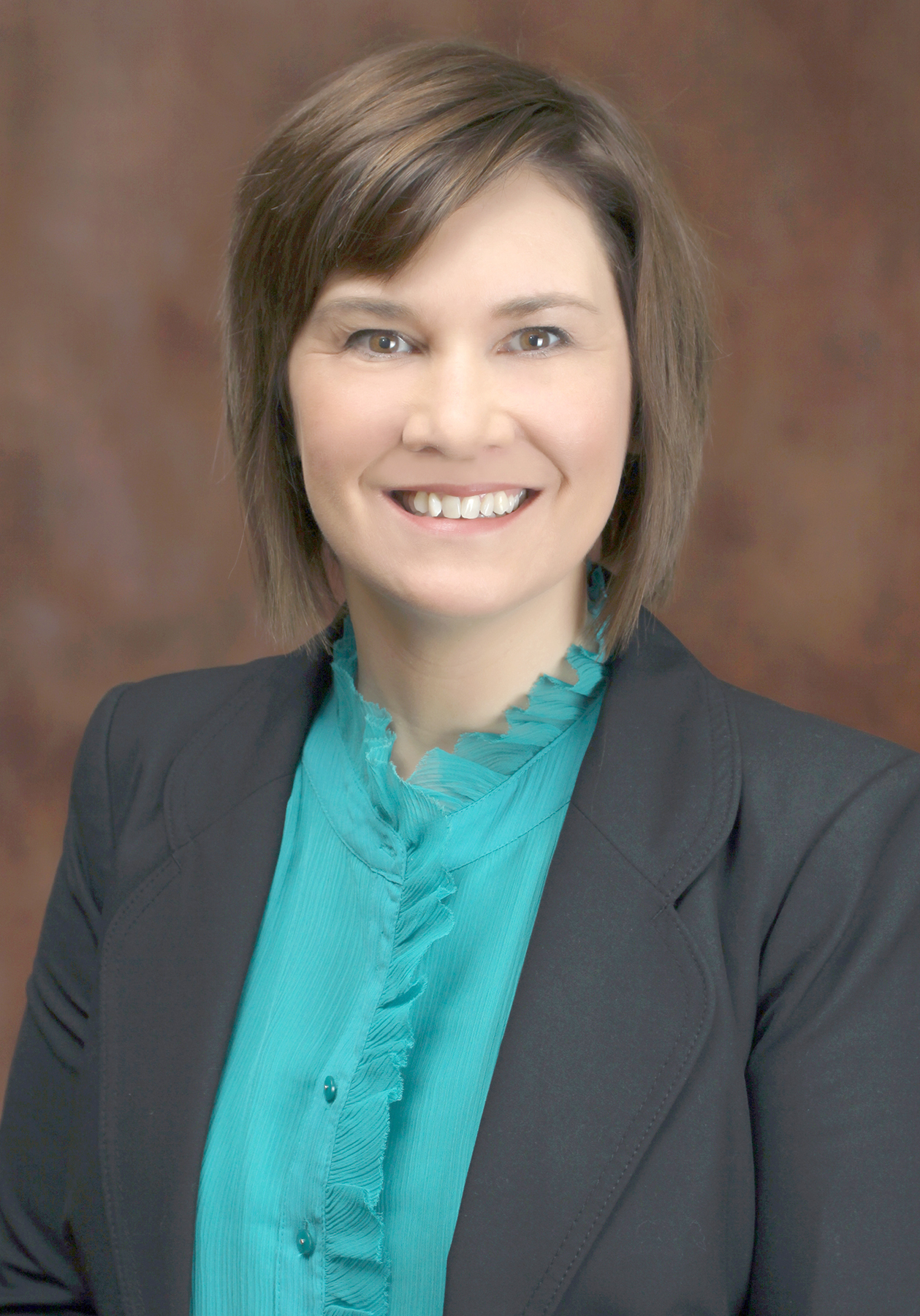 | 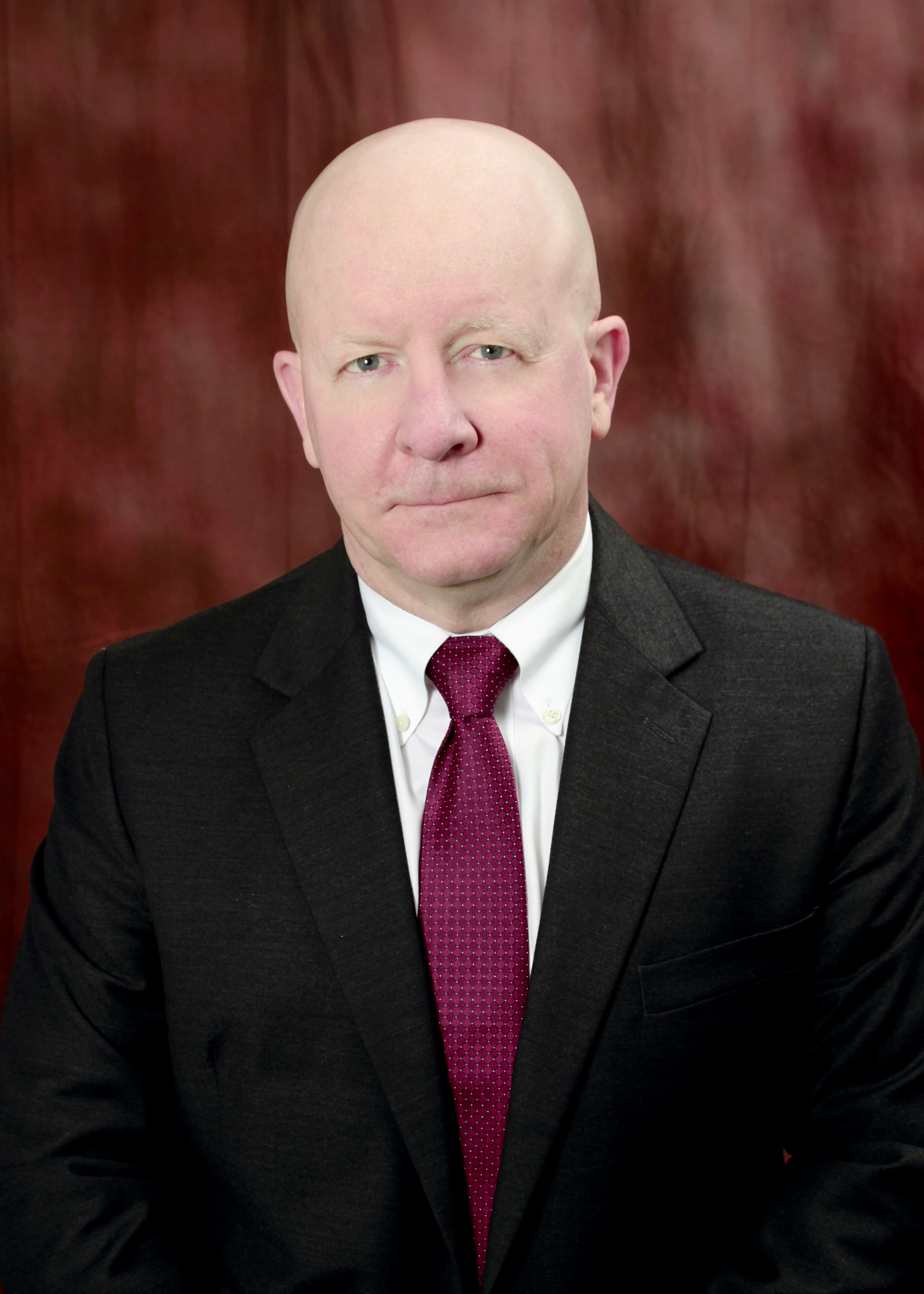 | 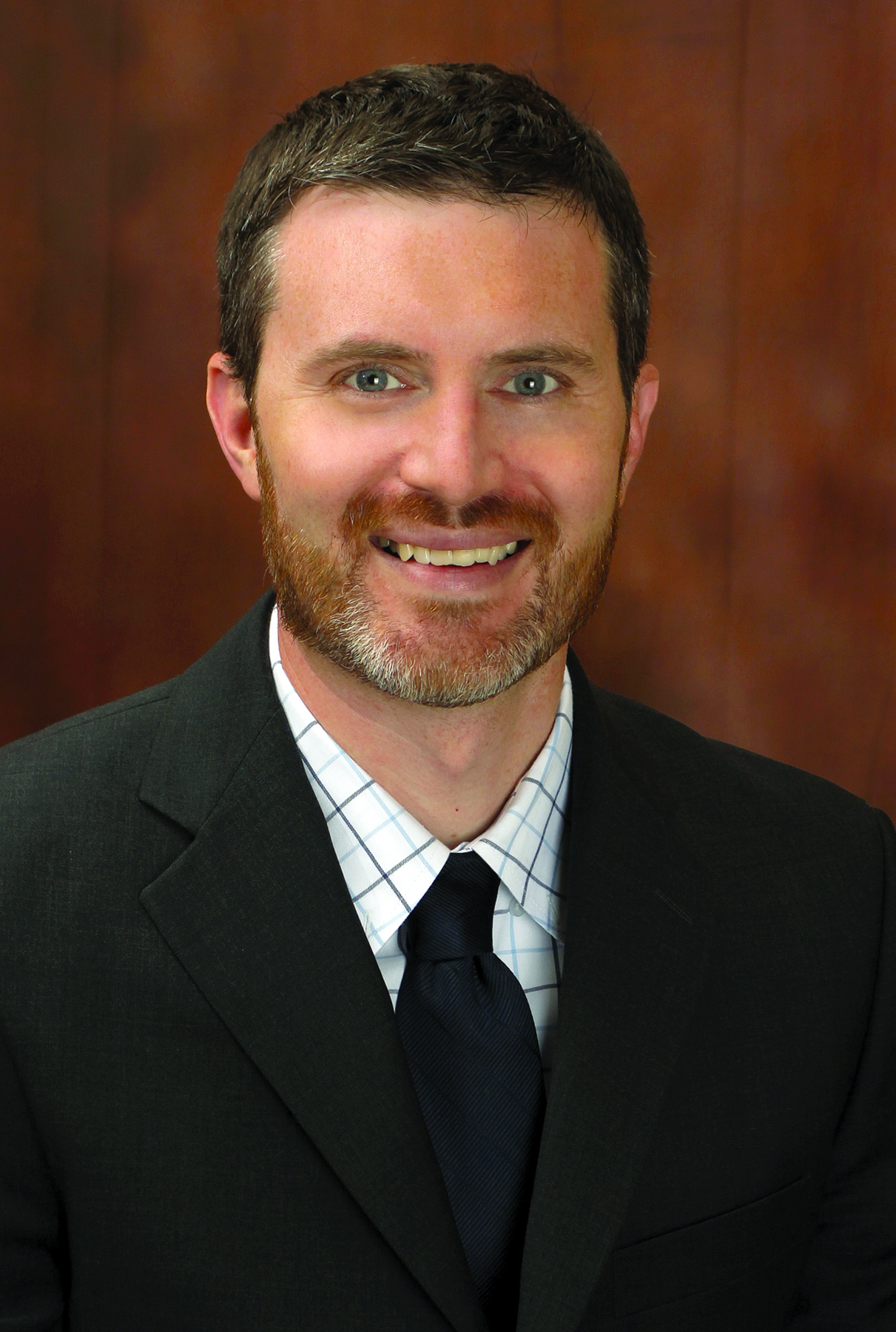 |
| Oleg Yurevich, MD | Amy Bates, NP | John Arnold, MD | Jeffery Cook, MD |
Jerry and Mary are grateful for the care received from Drs. Yurevich, Cook and Arnold and their teams. They hold a special place in their hearts for the TAVR program nurse practitioner Amy Bates.
“I could not have done this without Amy. She is extremely intelligent and answered every question I had,” Jerry said. “We absolutely love her.”
“She is awesome, just wonderful. Amy really puts you at ease,” Mary added.
“Our goal with a valve replacement is not only to stop the disease from getting worse but to also restore good quality of life, and if there is anyone who knows how to enjoy life, it’s Jerry,” said Amy. “I am grateful he trusted us with his care and am overjoyed to watch him thrive after his TAVR.”
Jerry is back to everything he loves doing and adding things to his list of activities. What’s next? Skydiving. Really.
“It’s on my bucket list,” Jerry said with a smile.
For more information on the heart care available from Blessing Health, go to blessinghealth.org/heart.
